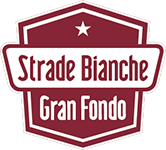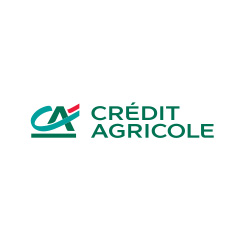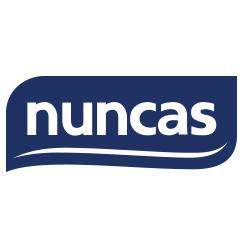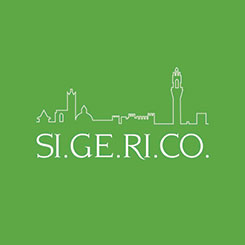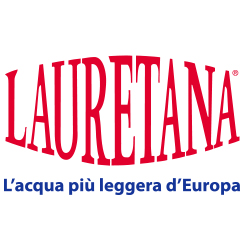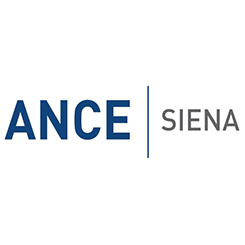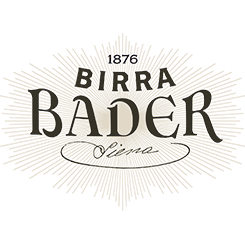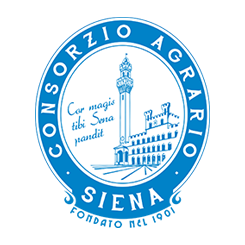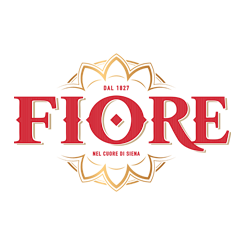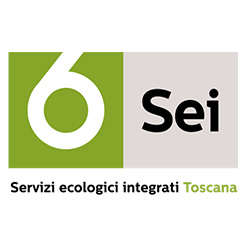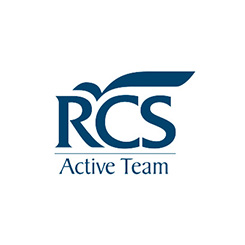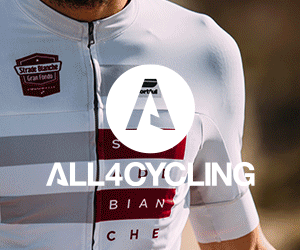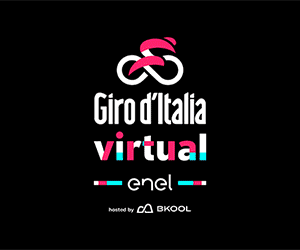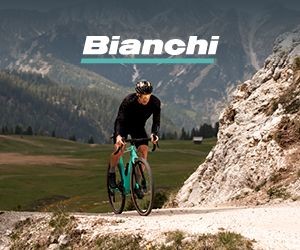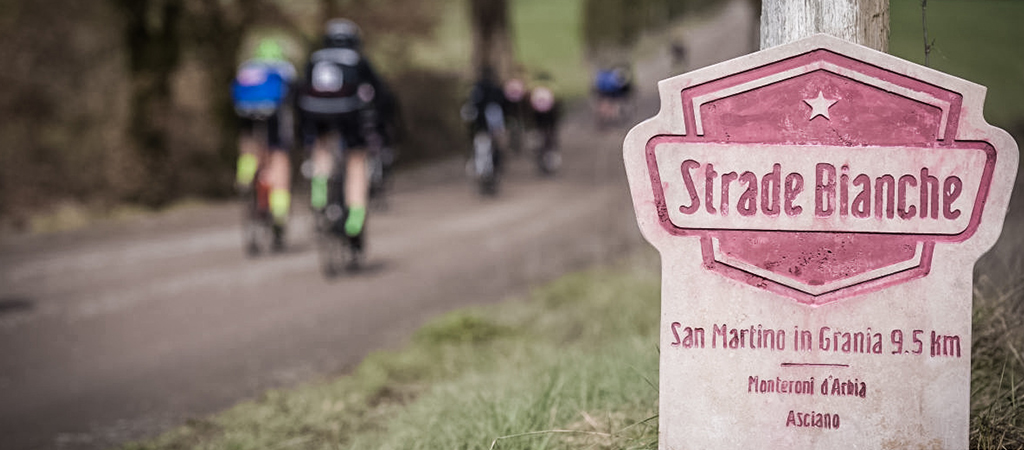
GRANFONDO OFF ROADS SECTORS
Along the 139,2 km of the 2019 edition of GranFondo Strade Bianche there are 8 OFF ROADS SECTORS. The FIRST TWO SECTORS CALLED VIDRITTA AND BAGNAIA. In these two sectors cyclists are going to find a light declivity, Vidritta is 2,1km long while Bagnaia reaches the length of 5,8 Km. The THIRD SECTOR IS RADI, the length of the sector is 4,4 km, and it where the slope starts to get harder. The FOURTH OFF-ROADS sector is BUONCONVENTO, this one is the second longest sector with a length of 5,5 km; after Buonconvento the corridors will face the longest sector, called SAN MARTINO IN GRANIA, with a length of 9,5 km. The SIXTH is the shortest sector of all 0,8 km in MONTAPERTI, this part will introduce the last 20 kms of the race, where the athlete are going to face the off-roads ascent of COLLE PINZUTO (2,4km). The LAST OFF-ROADS sector, is settled at TOLFE, close to the finish line at it measures 1,1km.
FABIAN CANCELLARA OFF ROADS SECTOR
FABIAN CANCELLARA AKA “SPARTACUS” IS “MISTER STRADEBIANCHE”: he’s the record man for number of victories 3, and he showed a great feeling with this race. SINCE 2017 one of the off roads sectors is dedicated to the Helvetian Champion: the sector is the “MONTE SANTE MARIE” in Asciano for a length of 11,5km, this part is the eighth in male race, and it starts at 130 km of the race. During March of the same year, it was settled the entitling ceremony, during the one Spartacus unveil a milestone with his name on it. In the same ceremony Cancellara have received the keys of the city of Asciano.
PIAZZA DEL CAMPO
Piazza del Campo is one of the most beautiful and suggestive plaza in the world: IT’S THE HEART OF SIENA AND IT IS THE STAGE OF THE PALIO A WORLD KNOWN HORSE RACE. The Palio of Siena is not just a race: it is a ritual, a celebration, it is the leif motif for every “contradaiolo” (people from contrada) since 1200 even if the “modern” Palio began since half of the XVII century. EVERY YEAR THERE ARE 2 PALIO: in July there is the Palio of Provenzano, then the 16th of August there is the Palio of Assunta (religious festivity). In 2018 the winners of the 2 races were Drago and Lupa.
TOWER OF MANGIA
The tower of Mangia is one of the most iconic place in Siena: IT IS THE BELL TOWER OF THE PALACE OF THE MAJOR, it is called “Mangia” because of Giovanni di Balduccio, the first bell-ringer, he was called “Mangiaguadagni” because of his bad habit of wasting money in the tavern of the city. The tower is 87m high, it is built in cotto tile, with the top and the bell room made of travertine. The tower was erected between the 1325 and the 1348 by the brothers Francesco e Muccio di Rinaldo. The bell room was realized by the sculptor from Siena Agostino di Giovanni, based on the project of Lippo Menni. The bell on the tower it was installed in 1666 and it is called “Campanone” or “Sunto” because the bell is dedicated to Madonna Assunta.
BLACK & WHITE: THE COLORS OF THE CITY
The symbol of the town of Siena is a SHIELD WITH THE SUPERIOR PART WHITE AND THE INFERIOR PART BLACK, without any kind of decoration and frill. It can be defined as sober, tidy and essential. There are many hypotheses concerning the meaning of the symbol: one theory explained the two-colored parts as the color of the horses of the founder of the city, Senio and Ascanio; another theory explained the symbol as the representation of the treaty of peace between white guelfi and black guelfi. This symbol is correct representation of a population that is not good at compromise: black and white, love and hate, everything and nothing, wins or defeat. In fact, in the Palio there isn’t a ranking: one contrada wins, all the others lose, without justifications or alibi.
MEDICI FORTRESS
The Santa Barbara fortress, famous as Medici Fortress, is one of the most renowned
monument of the city of Siena. The FORTRESS WAS BUILT IN THE 1563 BY COSIMO I DE’ MEDICI, on the same site where 11 years before the bastion erected by Carlo V of Spain was destroyed by a riot. The FORTRESS IS MADE OF BRICKS and it is erected on a base typical of castle and fortress, the structure is surmounted by a stringcourse in clay bricks. On every angle of the fort, there are massive cuneiform bastions. The military scope of the fortress finished at the end of the XVIII century and since that moment the fort became a public garden, this park is still today loved and attended by the citizens.
FOREIGN PARTICIPANTS
“EUROPE’S MOST SOUTHERN NORTHERN CLASSIC”: this is the way Strade Bianche is known. The charm of GranFondo is well-known in the Scandinavian countries, and this came out from the great numbers of athletes arriving from the North of Europe. GREAT BRITAIN and BELGIUM have always been the most represented nations at the race, in all the 4 editions. Out of Europe, the greatest number of athlete are from the US, meanwhile there are new nations represented at the start such as NEW ZELAND, RUSSIAN FEDERATION, SOUTH AFRICA AND JAPAN. In total during the 4 editions, more than 50 Nations have been represented.
SIENA AND CYCLING
StradeBianche is one of the youngest race in the calendar of the ProTour, with it WITH ITS 13 EDITIONS (including the one of this year). But there is a very old connection between Siena and cycling. During the second edition of Giro d’Italia, in the 1913, the finish line of the second leg was settled at Siena, after the start in Genova. In that heroic days for cycling, that leg was won by EBERARDO PAVESI, IN AROUND 12.30H OF RACE. Even the advantages were old style: in fact, Giovanni Rossignoli (2nd) and Giovanni Cervi (3rd) arrived at Siena at the same time with a disadvantage of 2.19min from the leader. More recently, in 1986, Giro d’Italia proposed an individual time trial from Sinalunga to Siena, the winner of that race was the polish racer Lech Piasecki.
